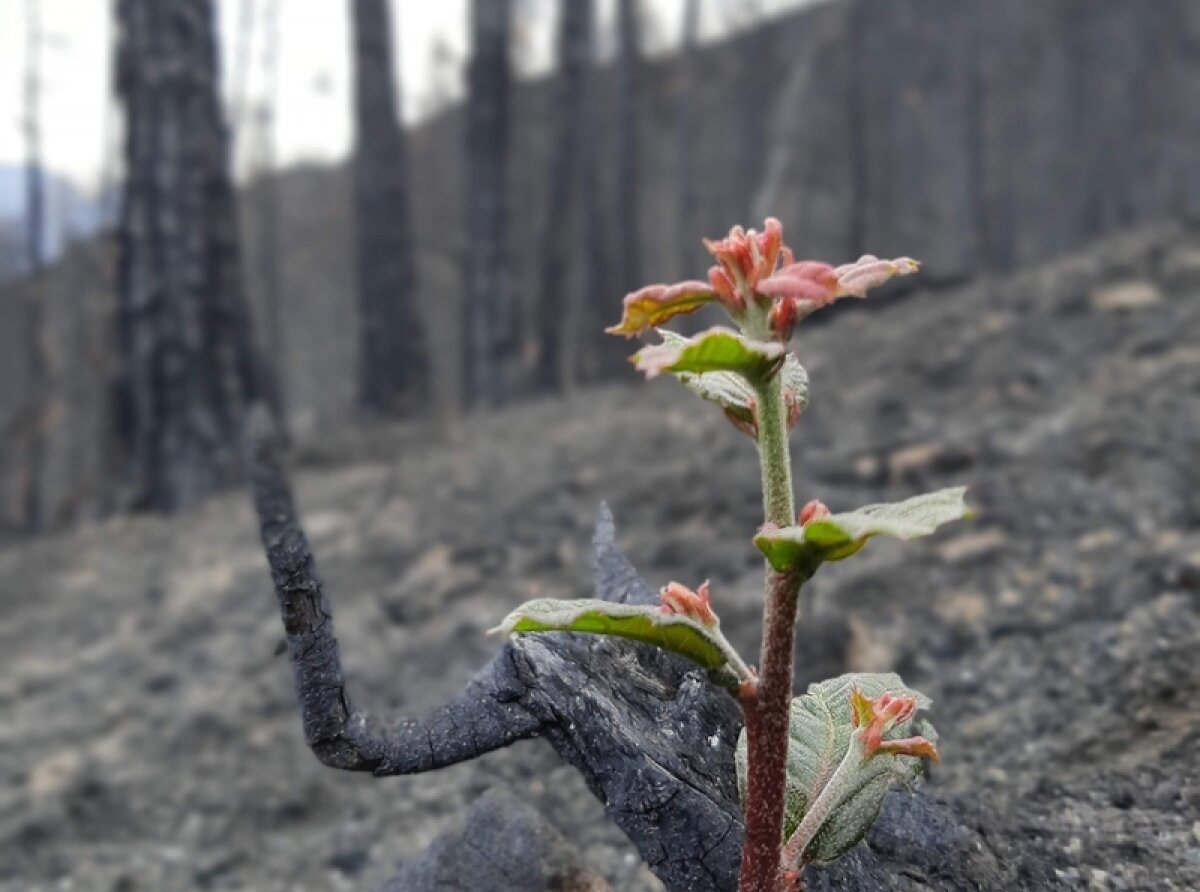Wildfires are events that can be viewed from different angles depending on how, when, where, or why they happen. In a natural way, forest ecosystems, jungles, forests, savannas, or mangroves, have a direct or indirect relationship with fire, which has ecological functions capable of maintaining or modifying the original structure of the vegetation.
Fire is produced directly by natural disturbances that have been common throughout history, which are caused by environmental factors. However, currently the causes of forest fires are related to the human factor, since their activities cause 99% of forest fires.
Such causes have generated altered fire regimes. They have caused fire to occur in places where it was not previously present, in periods of time in which it was not present, and in magnitudes far from natural; conditions to which ecosystems are not adapted.
Concurrently, climate change has caused changes in the environment which, associated with the agents that currently cause forest fires, have caused fires to be more aggressive and have generated conditions that threaten the permanence of animal and plant species that inhabit these ecosystems. In addition to this, prolonged periods of drought generate dry conditions for the combustible material, favoring a higher heat intensity, a longer stay of the fire in the site, and more severe damage to the environment.
Fires in Nuevo León and Coahuila: Human Neglect

An example of these conditions were the fires that occurred last March in the states of Nuevo León and Coahuila, known as the Coahuila-Nuevo León Forest Fire Complex. The fire complex comprised four incidents, one of them, the one that affected the most surface area, occurred on the borders of both states. It began in the municipality of Arteaga, Coahuila, and extended to the municipality of Santiago in Nuevo León, thus affecting an area greater than 7,000 hectares as a whole.
This incident brought together variables that caused one of the most intense forest fires in the history of both states. Among the variables are that the incident occurred in a forest urban interface area, and was a consequence of carelessness with the use of fire by walkers.
The La Niña phenomenon has caused an accumulated drought since October 2020, a condition that led to an increase of forest fuel The presence of cold fronts also favored the spread of fire, given the intense gusts of wind, and finally the lack of fuel management promoted the accumulation of this material.
The presence of these fires may seem devastating at first glance, but the reality is that a detailed evaluation is required, carried out by qualified technical personnel to determine the real damage to the ecosystem and the necessary restoration actions.
The evaluation and monitoring allow the documentation of basic information to detect and characterize trends in fire behavior, which serve as a guide to focus the actions of the sustainable management of forest resources. For this reason, the National Forestry Commission, in coordination with the Commission of Natural Protected Areas and the Government of the State of Nuevo León, carried out an evaluation of the burned site. Multidisciplinary technical personnel collected information from the site that will allow determining what are the short-term, medium, and long term actions that promote the recovery of this ecosystem.
The working group evaluated the affected area using methodologies to determine the severity of the fire in the most affected areas, identified through satellite images.
The group included technicians from the Juárez de Durango University, the state government of Nuevo León Conanp, the Northeast Fire Management Regional Center, Reforestation Management, Conafor's Fire Management, four representatives from the Community of San José de Boquillas, and staff from the Conafor State Management in Nuevo León.
High intensity forest fires cause negative impacts on ecosystems, however, experience has shown that it is the joint effort between the social and academic sectors, the municipal and state governments, as well as within the Federal Public Administration bodies. Working in a coordinated manner allows the mitigation of negative effects, and acting in a timely manner protects forests. Events such as the Coahuila-Nuevo León Forest Fire Complex remind us that we are all responsible for taking care of the forests and jungles, and for avoiding oversights that cause such unfortunate events.

